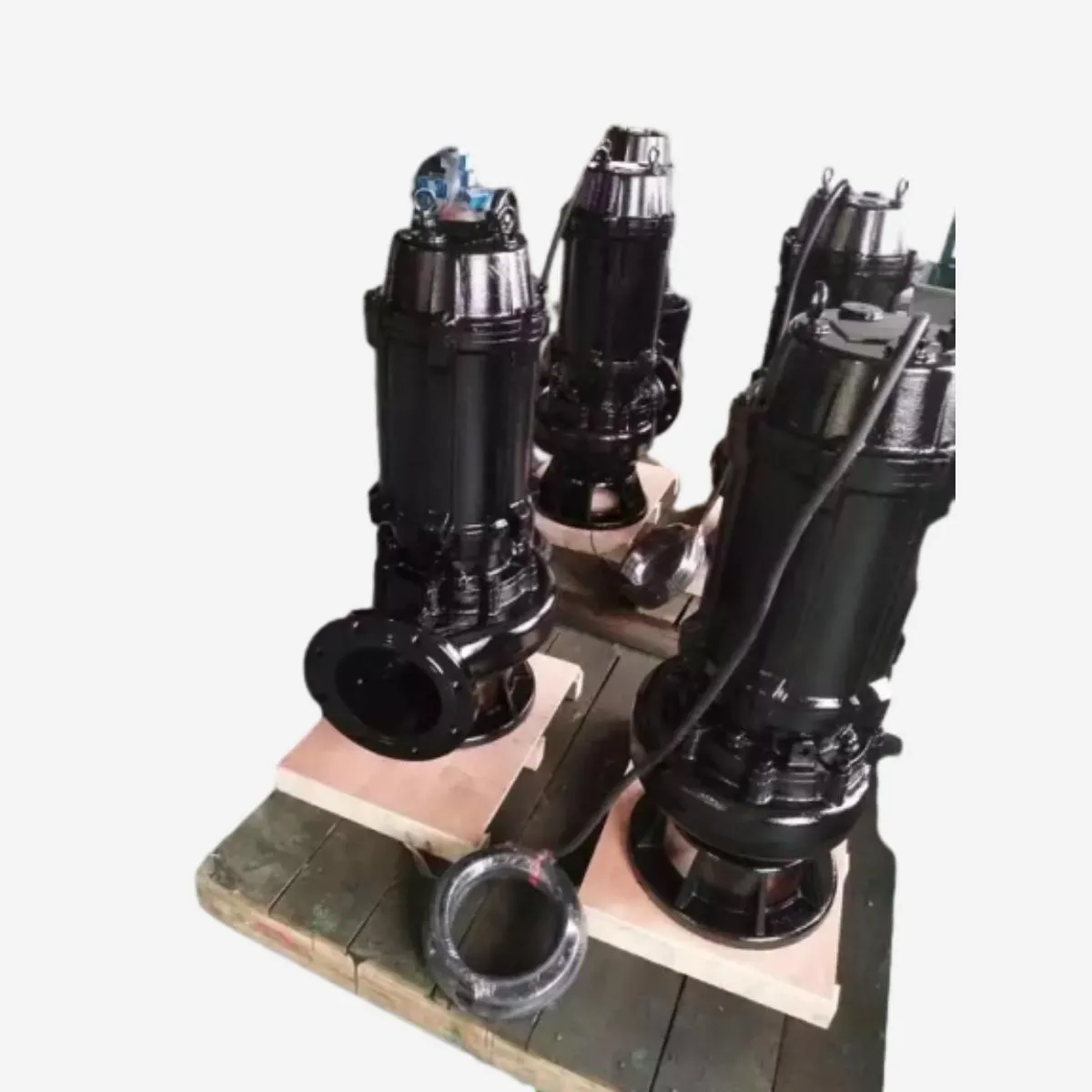English
- Afrikaans
- Albanian
- Amharic
- Arabic
- Armenian
- Azerbaijani
- Basque
- Belarusian
- Bengali
- Bosnian
- Bulgarian
- Catalan
- Cebuano
- Corsican
- Croatian
- Czech
- Danish
- Dutch
- English
- Esperanto
- Estonian
- Finnish
- French
- Frisian
- Galician
- Georgian
- German
- Greek
- Gujarati
- Haitian Creole
- hausa
- hawaiian
- Hebrew
- Hindi
- Miao
- Hungarian
- Icelandic
- igbo
- Indonesian
- irish
- Italian
- Japanese
- Javanese
- Kannada
- kazakh
- Khmer
- Rwandese
- Korean
- Kurdish
- Kyrgyz
- Lao
- Latin
- Latvian
- Lithuanian
- Luxembourgish
- Macedonian
- Malgashi
- Malay
- Malayalam
- Maltese
- Maori
- Marathi
- Mongolian
- Myanmar
- Nepali
- Norwegian
- Norwegian
- Occitan
- Pashto
- Persian
- Polish
- Portuguese
- Punjabi
- Romanian
- Russian
- Samoan
- Scottish Gaelic
- Serbian
- Sesotho
- Shona
- Sindhi
- Sinhala
- Slovak
- Slovenian
- Somali
- Spanish
- Sundanese
- Swahili
- Swedish
- Tagalog
- Tajik
- Tamil
- Tatar
- Telugu
- Thai
- Turkish
- Turkmen
- Ukrainian
- Urdu
- Uighur
- Uzbek
- Vietnamese
- Welsh
- Bantu
- Yiddish
- Yoruba
- Zulu
Telephone: +86 13120555503
Email: frank@cypump.com
Aug . 18, 2024 01:06 Back to list
Understanding Axial Flow vs Mixed Flow Pumps Key Differences and Applications
Exploring the Differences Between Axial Flow and Mixed Flow Pumps
When it comes to fluid transport and management, pumps play a crucial role in various industrial applications. Among the numerous types of pumps, axial flow and mixed flow pumps are widely used due to their unique designs and operational efficiencies. Understanding the differences between these two types of pumps is essential for selecting the right equipment for specific applications.
Axial Flow Pumps
Axial flow pumps, also known as propeller pumps, are designed to move fluid parallel to the pump shaft. These pumps function by employing a propeller or an impeller that pushes the water in the longitudinal direction. They are characterized by their simple design, which typically consists of a rotating impeller and a stationary casing. The high flow rate and low head characteristics make axial flow pumps ideal for applications requiring high volume delivery with less discharge pressure.
One of the most significant advantages of axial flow pumps is their efficiency in transporting large quantities of fluid at relatively low lift. They are widely used in applications such as irrigation, flood control, and cooling water supply in power plants. However, axial flow pumps do have limitations, particularly when it comes to generating high discharge pressures, which restricts their use in projects requiring significant elevation changes.
Mixed Flow Pumps
Mixed flow pumps, as the name suggests, combine features of both axial flow and centrifugal pumps. They operate by inducing a flow that moves both axially and radially. In mixed flow pumps, the impeller design allows for a broader range of operating conditions, offering better versatility compared to axial flow pumps. The mix of axial and centrifugal flow patterns enables these pumps to achieve moderate flow rates while also generating higher heads, making them suitable for a variety of applications.
Mixed flow pumps are often employed in scenarios where both high flow rates and significant lift are necessary, such as in drainage systems, irrigation, and large-scale water supply projects. The ability to generate higher heads gives mixed flow pumps an advantage in situations where axial flow pumps would be ineffective.
exploring the differences between axial flow and mixed flow ...

Key Differences
The fundamental differences between axial flow and mixed flow pumps revolve around their design, operational capabilities, and applications.
1. Flow Direction Axial flow pumps primarily push fluid in a straight line along the shaft, while mixed flow pumps combine both axial and radial flow, resulting in a more complex movement of the fluid.
2. Head Generation Axial flow pumps typically excel in high flow scenarios with low head generation, whereas mixed flow pumps are capable of higher head outputs, making them versatile for different operating conditions.
3. Design Complexity Axial flow pumps have a simpler design, which often translates to lower manufacturing costs and ease of maintenance. In contrast, mixed flow pumps have a more intricate design, which may increase costs but offers additional benefits in terms of performance flexibility.
4. Applications The applications of these pumps are dictated by their performance characteristics. Axial flow pumps are suited for high volume, low head situations, while mixed flow pumps effectively handle scenarios requiring both decent flow and significant lift.
Conclusion
In summary, the choice between axial flow and mixed flow pumps depends on the specific requirements of an application, including desired flow rate, head pressure, and operational efficiency. By understanding the fundamental differences between these two types of pumps, engineers and project managers can make informed decisions that lead to more efficient fluid transport and reliable system performance.
-
Custom Drilling Mud and Slurry Pump Supplier - High Efficiency, Tailored Solutions
NewsJun.10,2025
-
Supply Vertical Submersible Sewage Pump High-Efficiency WQ/QW Pumps Supplier
NewsJun.10,2025
-
Premium Sewage Ejection System & Pumps Efficient Waste Removal
NewsJun.09,2025
-
Premium Wholesale Slurry Pump Impellers Durable & Efficient Slurry Handling
NewsJun.09,2025
-
Top Sewage Pump Companies Durable Industrial Solutions for Efficiency
NewsJun.09,2025
-
Heavy Duty Slurry Pumps - OEM High Performance & Bulk Wholesale
NewsJun.09,2025










